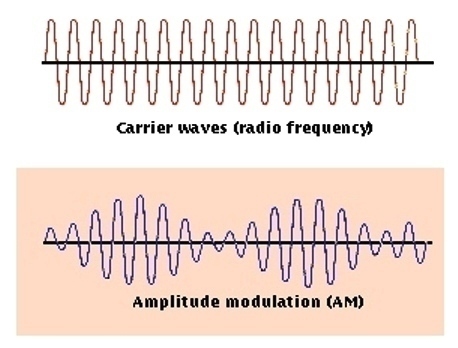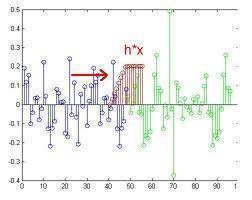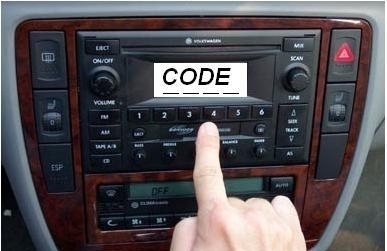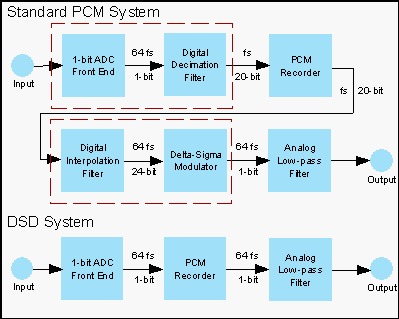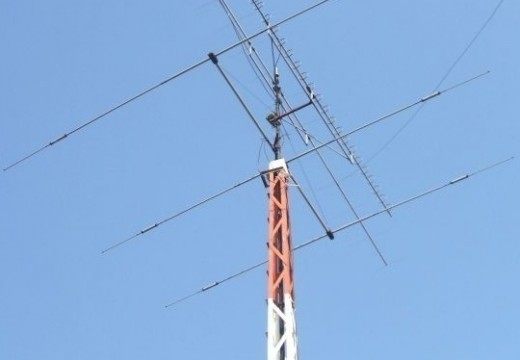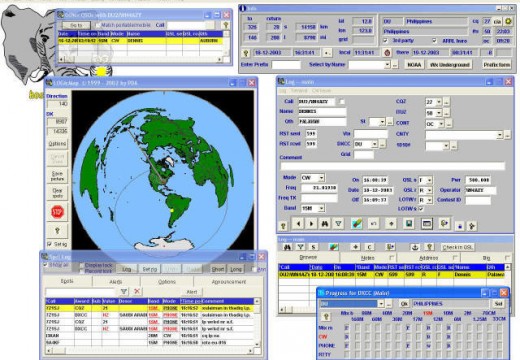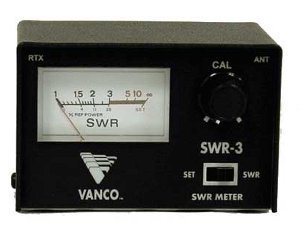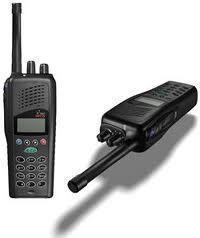Amplitude Modulation
Amplitude modulation is a type of modulation where the carrier signal’s amplitude is varied in accordance with the information bearing signal. The amplitude modulated signal’s envelope or boundary embeds the information bearing signal. The total power of the transmitted signal varies with the modulating signal, whereas the carrier power remains constant. A nonlinear device combines …

